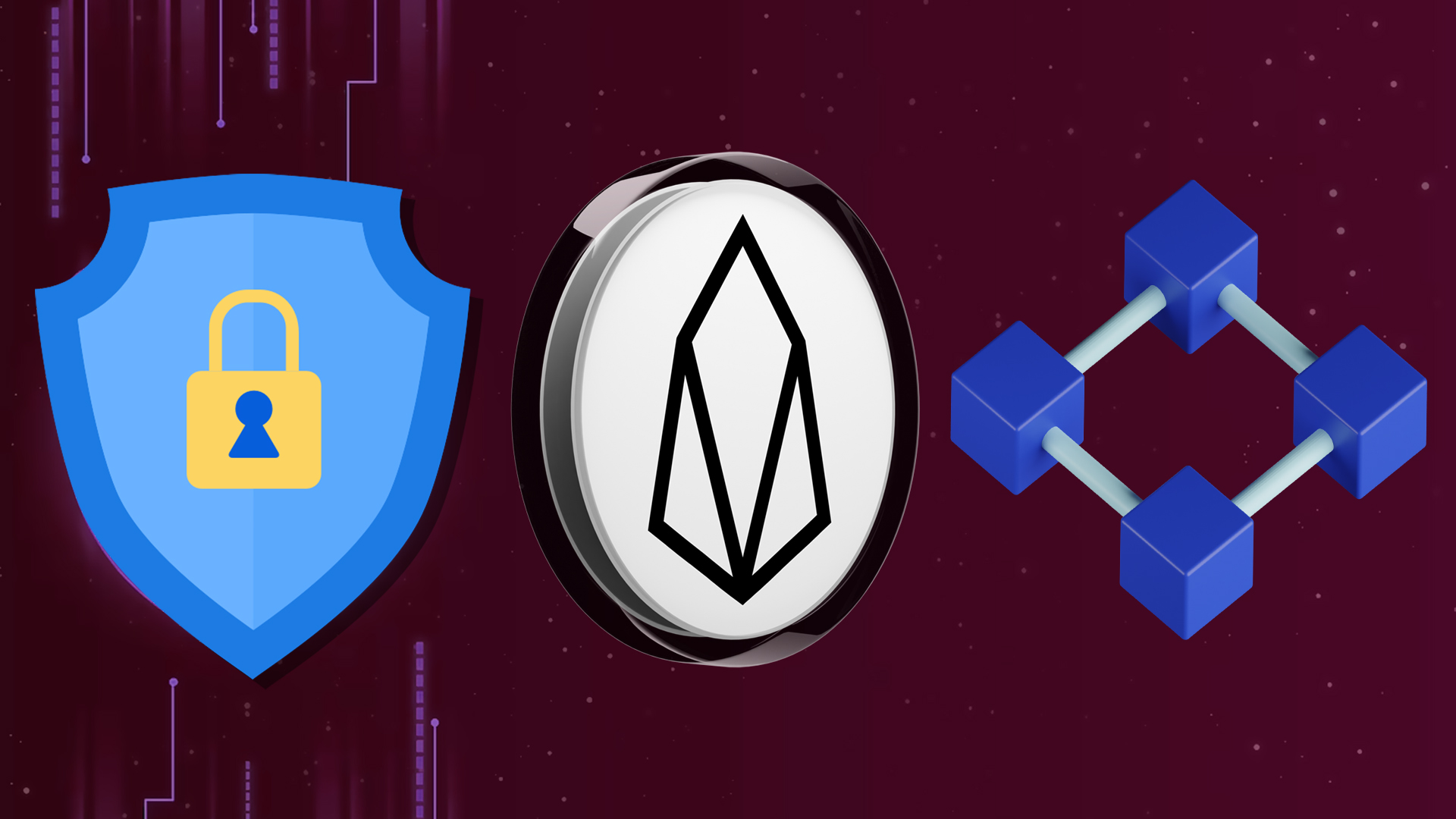EOS has been a forerunner in the rapidly developing field of blockchain technology which provides a platform that combines scalability, usability, and adaptability. However, the importance of security in the middle of this digital revolution cannot be overemphasized. Maintaining the values of decentralization, trust, and empowerment while safeguarding the EOS blockchain is more than just a technological problem. In this essay, we shall delve into the tactics that strengthen the EOS blockchain’s foundations and examine the crucial aspects of security allied to that.
The Pillars of EOS Security
A trio of critical pillars are at the heart of EOS’s security:
- Smart Contract Vigilance
The EOS ecosystem is powered by smart contracts which allow for the deployment of decentralized apps. These self-executing scripts offer independence and effectiveness, but if not carefully written, they could also end up becoming their own worst enemy. Peer reviews, formal verification procedures, and rigorous code audits should all be standard operating procedures to guarantee security. The importance of the following recognized security guidelines, such as those provided by the Open Web Application Security Project (OWASP), cannot be overstated. Equally important are regular updates that address newly-identified vulnerabilities.
- Network Resilience
Delegated proof of stake (DPoS), the foundation of EOS’s distinctive architecture, allows for scalability and quick transactions. However, network-based attacks like DDoS and Sybil attacks can still affect it. There must be protective measures in place, such as thorough traffic analysis, rate limiting, and efficient resource management methods. Additionally, the community must take a proactive role in locating and addressing network vulnerabilities.
- Consensus Confidence
A consensus mechanism that depends on elected block producers is given to EOS by DPoS. This democratic method of agreement is efficient, but it necessitates openness, attention, and proactive block producer rotation. It is essential to maintain a healthy balance between inclusivity and meritocracy to avoid power blocs that can jeopardize the network’s integrity.
The Human Security Factor
Security is not merely a technological issue; it also has a strong human component.
- Decentralized Governance
The governance structure of EOS includes the participation of token holders in decision-making. This decentralized structure of governance prevents unilateral changes that can jeopardize security or promote excessive centralization. Voting should be actively participated in by token holders to ensure collective security oversight of the network.
- Community Vigilance
The EOS community, which consists of developers, validators, researchers, and fans, is an active player in the security environment of the blockchain. A strong line of protection is provided by bug bounty programs, which pay ethical hackers for finding flaws. A culture of proactive security enhancement is fostered by regular community engagement, knowledge sharing, and open dialogue.
Navigating Evolving Threats
The risks that blockchain technology faces are changing in nature l. To protect the EOS blockchain’s integrity in the face of new difficulties:
- Continuous Learning
Security on blockchains is a process, not a final goal. It is essential to keep up with the most recent security procedures, emerging risks, and technology developments. To stay on top of the game, regular training and knowledge exchange within the community are crucial.
- Adaptive Responses
The security environment is subject to quick change. The security measures employed by EOS should be agile and flexible enough to react to emerging threats and weaknesses. The blockchain is durable in the face of shifting conditions, thanks to nimble security measures.
Conclusion
The EOS blockchain requires cooperation from developers, validators, token holders, and the larger community in order to maintain security. The EOS ecosystem may grow safely by following best practices for smart contract creation, putting in place efficient network defensive measures, safeguarding the consensus algorithm, and supporting a strong governance model. Maintaining the greatest levels of security will be essential to maximizing EOS’s potential as the blockchain industry develops.
